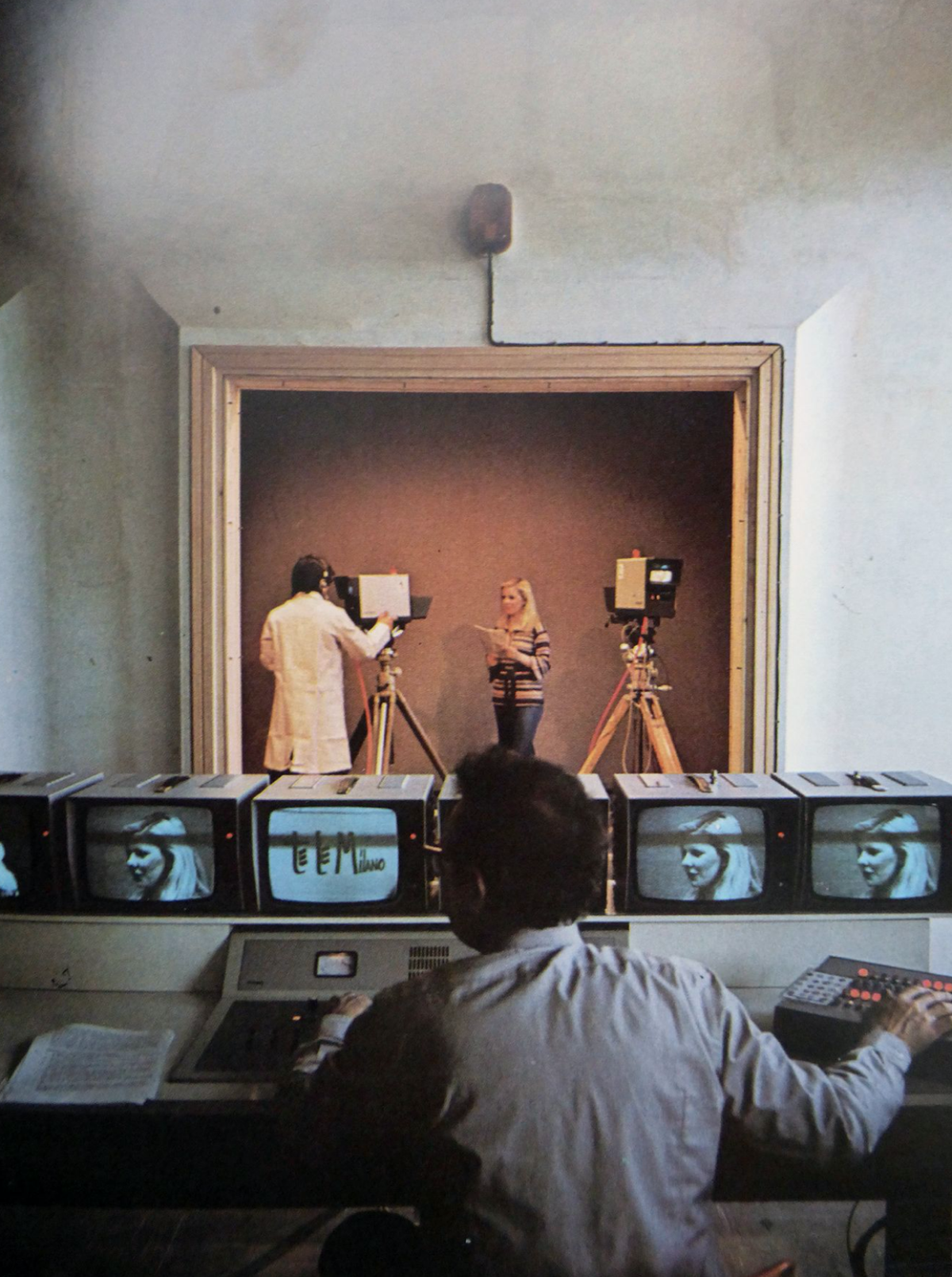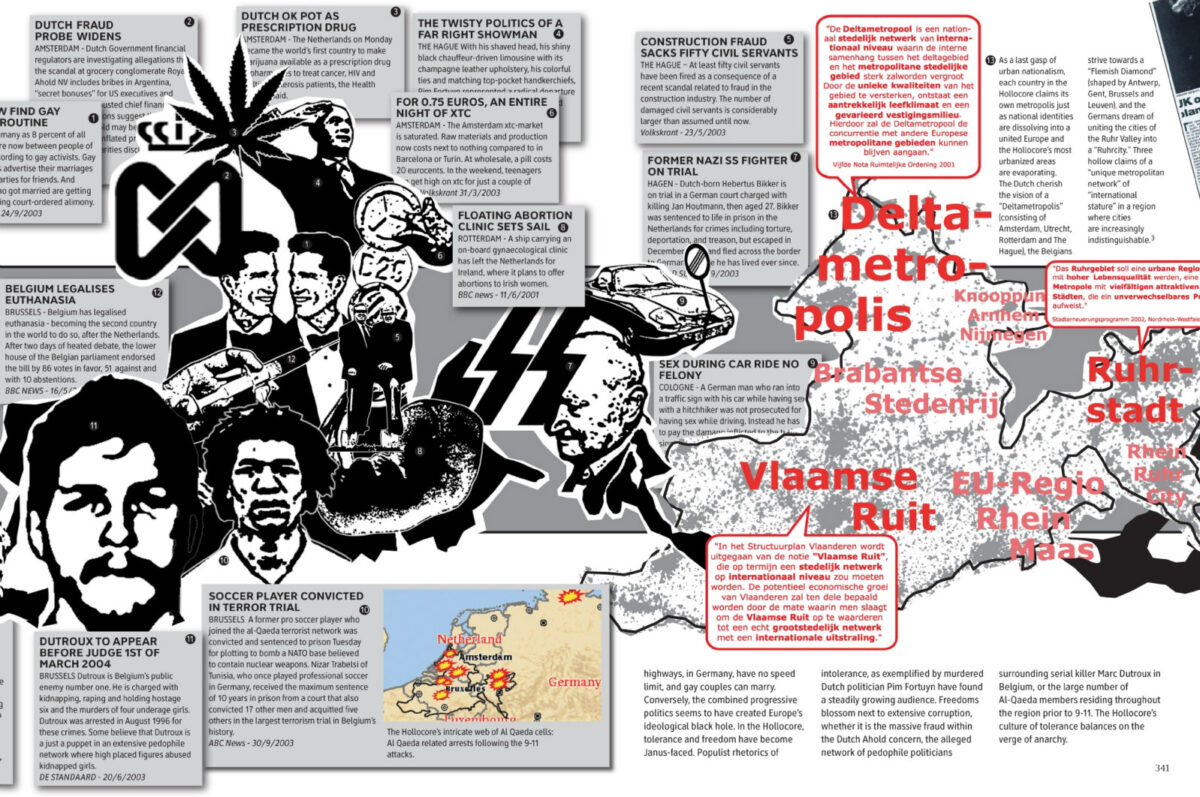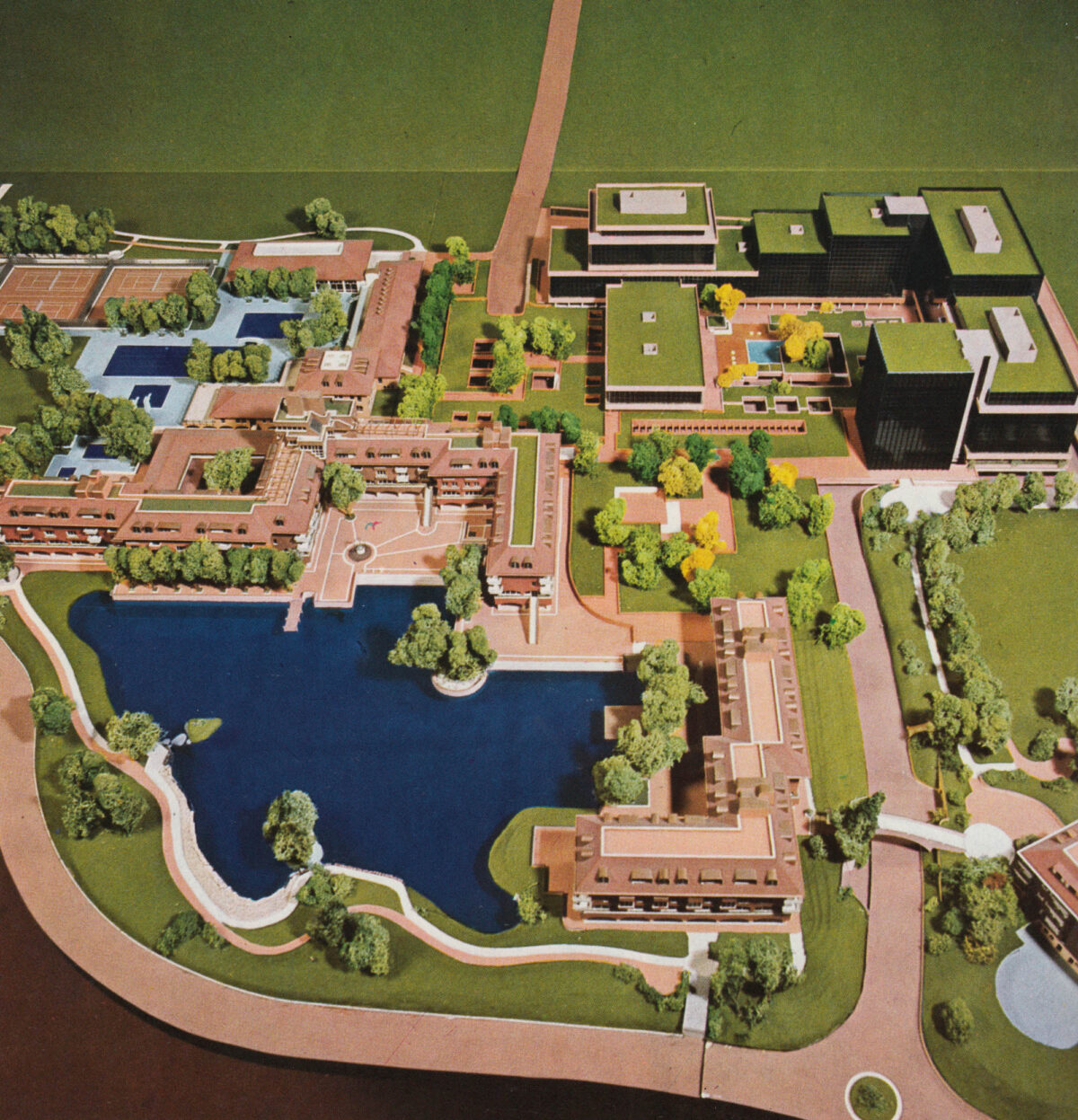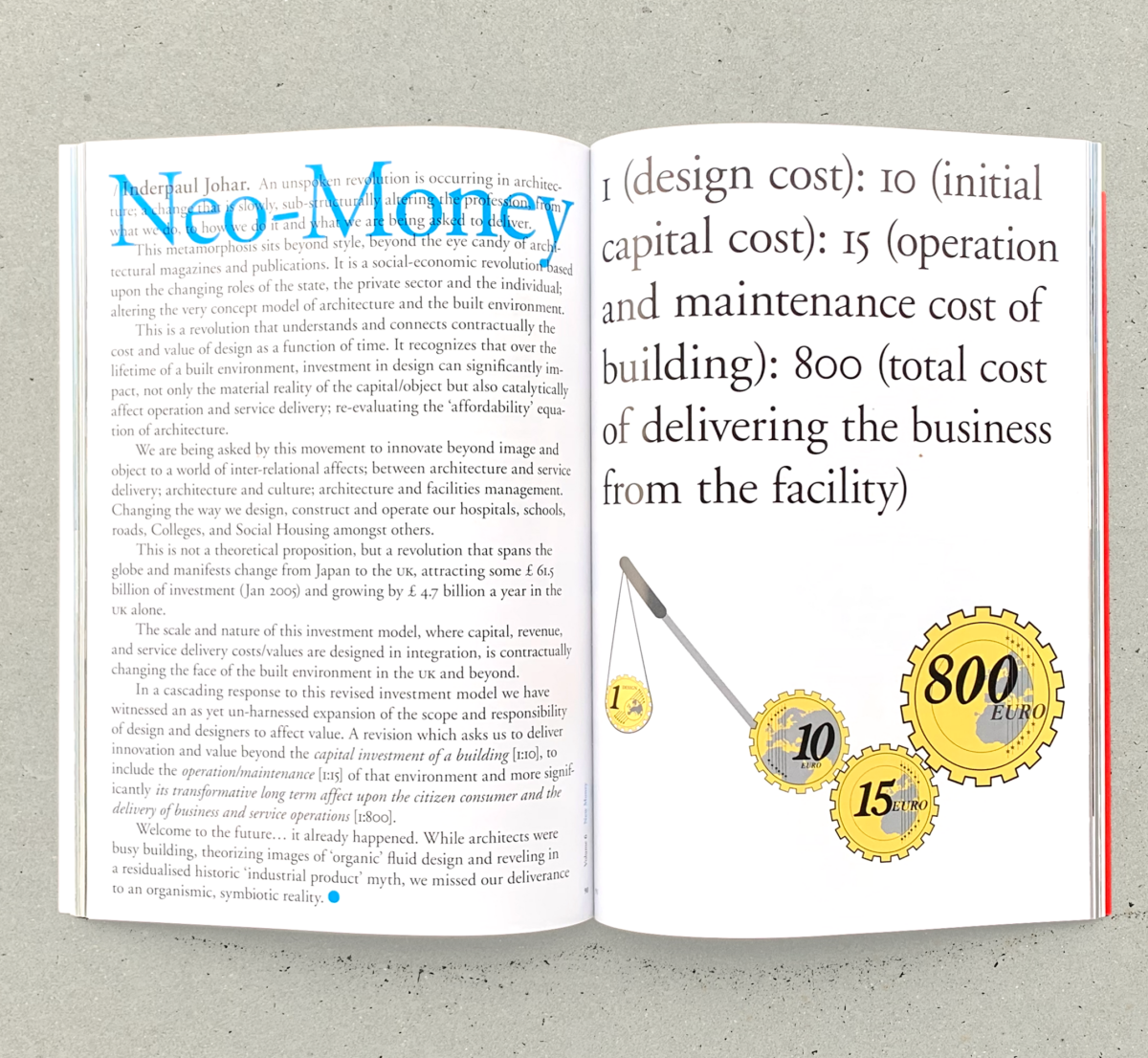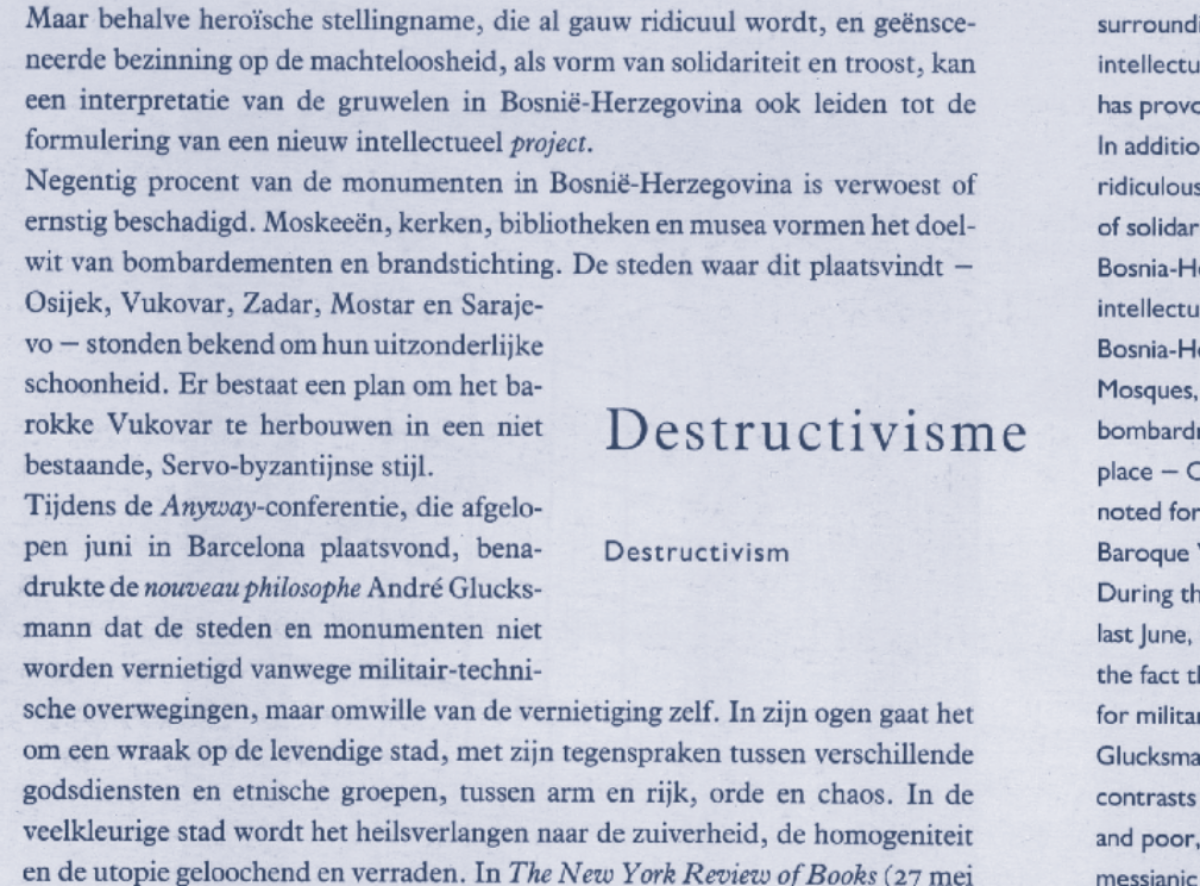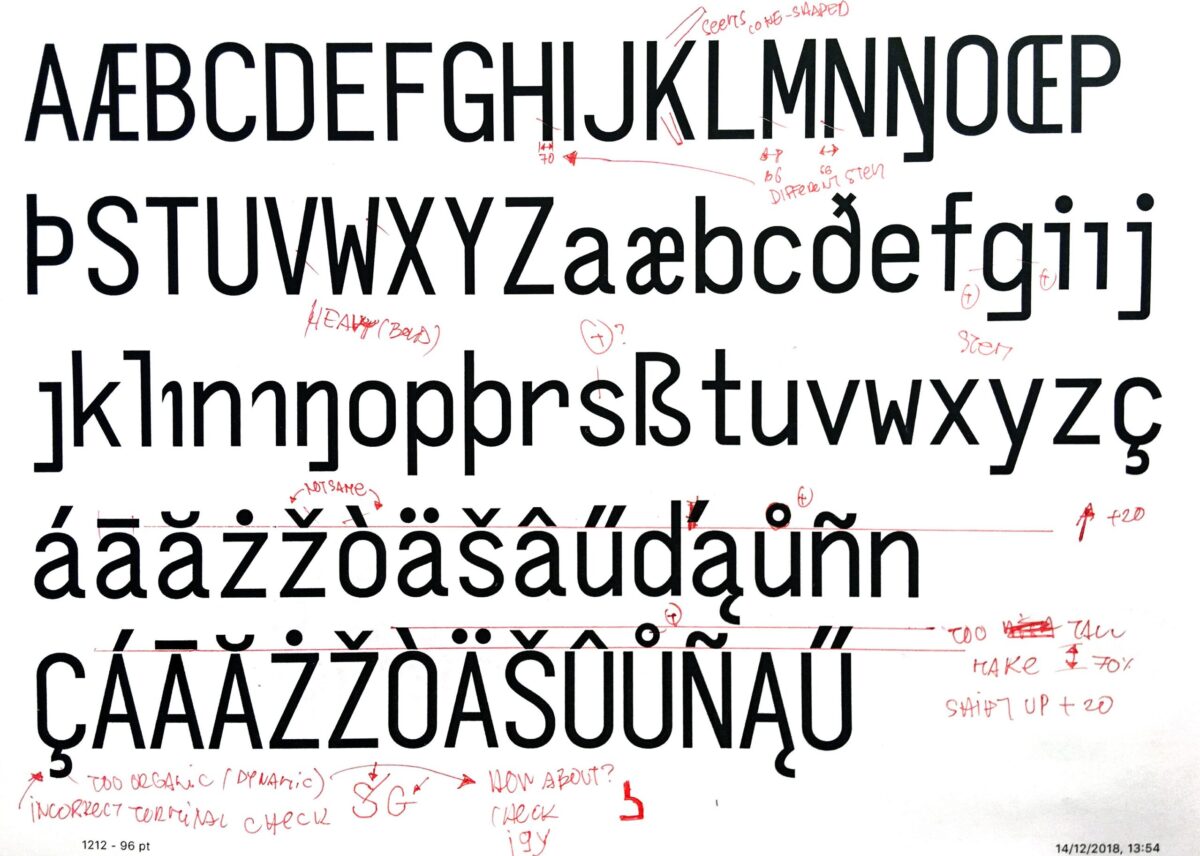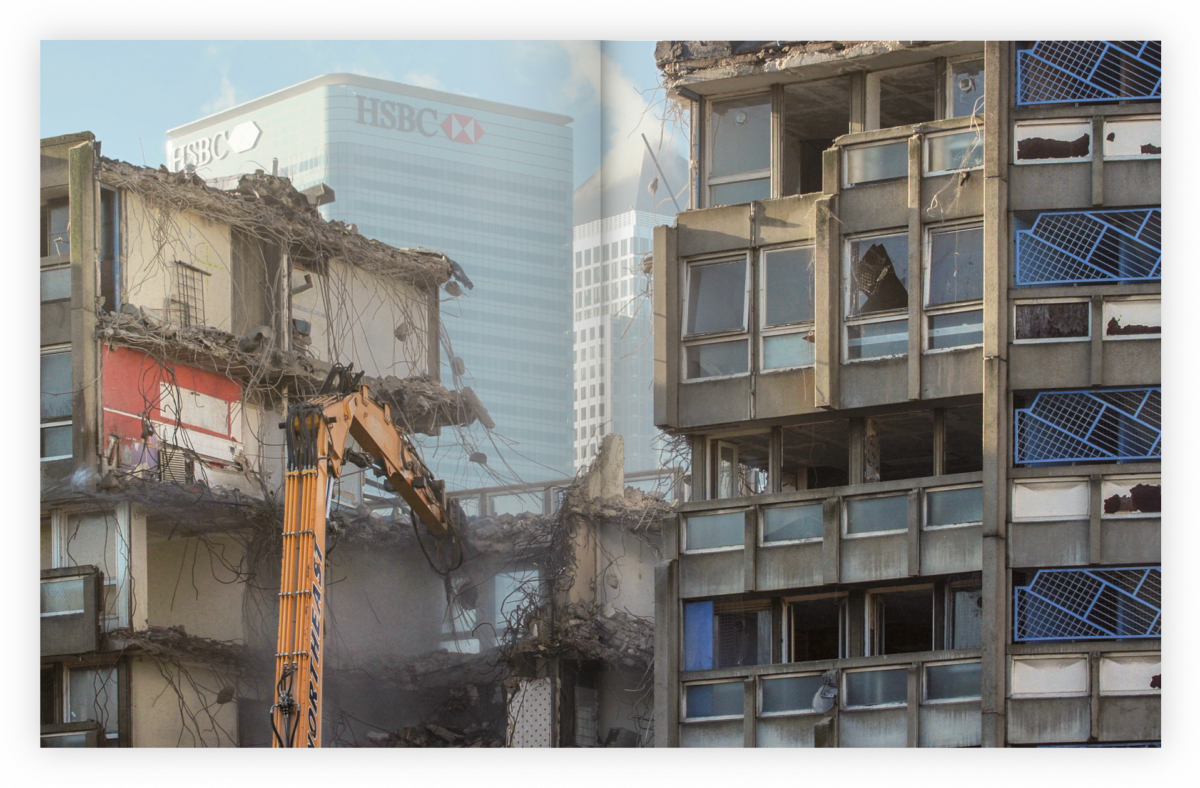Architecture doesn’t always play the role of nation-builder. But thanks to TV, architecture is often the site where nation-building takes place. In the great domestication of television-watching following Word War Two, our living rooms have become the main receptor for a TV-led nationalism. Andrés Jaque describes its quintessential case: Italy and Berlusconi’s own development of Milano 2.
